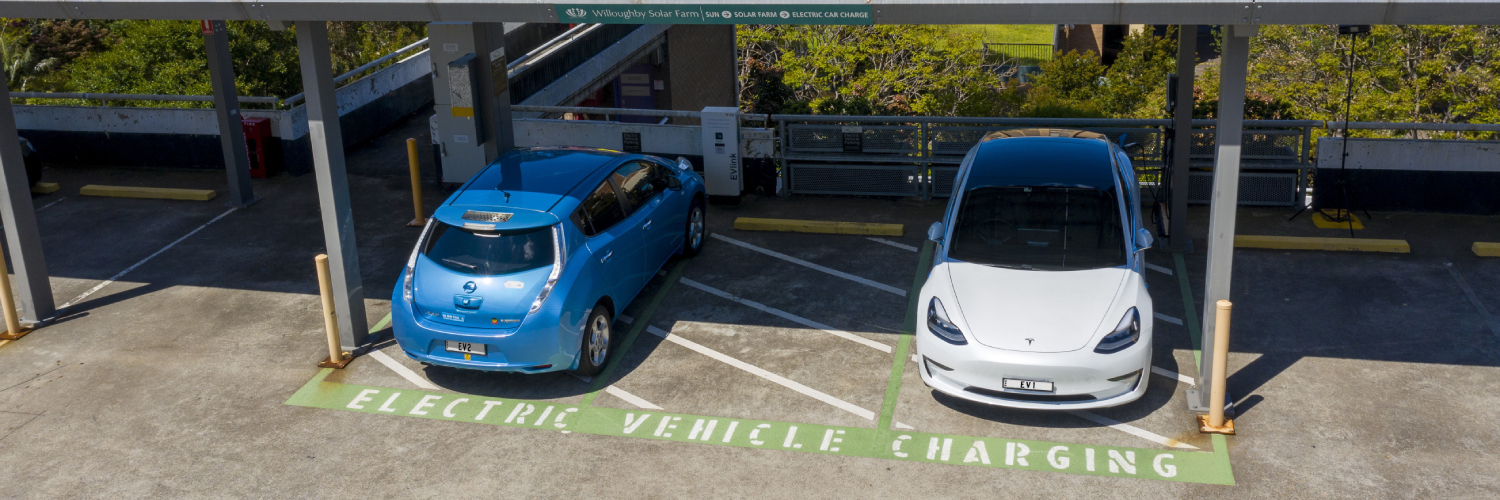Moree Special Activation Precinct
The 4,000ha Moree Special Activation Precinct takes advantage of a location in the middle of Australia’s most productive grain region. It will allow for:
- industrial and commercial development
- horticulture and high value-add agriculture
- intermodal terminals
- freight and logistics
- circular economy uses.
The precinct’s 300ha rural activity zone will support agricultural land uses, light industry and solar farms.
Read more about the Moree Special Activation Precinct in objective 6 (PDF, 19.9 MB) of the regional plan.
Download the New England North West Regional Plan 2041 (PDF, 19.9 MB).
Narrabri
Narrabri will also be a location of a Special Activation Precinct that will include Narrabri’s Northern NSW Inland Port.
As a focus for economic activity associated with Inland Rail and the region’s key mineral and gas resources, the area will attract transport and logistics operators, manufacturers, agribusiness and service providers.
Potential opportunities include energy-intensive manufacturing near secure and reliable gas supplies - potentially optimising the Narrabri Gas Project.
Namoi Regional Job Precinct
Namoi Regional Job Precinct will include Gunnedah, Gwydir, Liverpool Plains, Tamworth and Walcha LGAs. Its development, through a collaborative approach, will focus on intensive agribusiness and livestock production.
Fit-for-purpose planning and assessment processes will protect the area from inappropriate development that could hinder agricultural production.
The circular economy in practice
The concept of the circular economy changes how products are produced, assembled, sold and used. It means that materials and resources stay in the economy for as long as possible by being re-used or repurposed. It means we can reduce waste and lessen environmental impacts.
The Gwydir Shire Council circular economy initiative aims to create sustainable economic growth through new industry opportunities. It includes:
- Behind the Meter: using power on-site without passing through a meter (e.g. rooftop solar)
- greenhouse development
- a biogas plant
- proposals for poultry clusters.
These initiatives could create 1,000 direct jobs and many supporting jobs.
New England Renewable Energy Zone
The New England Renewable Energy Zone (REZ) could deliver up to 8,000 megawatts of new transmission capacity – enough to power 3.5 million homes – once operational.
Through the REZ, the region could provide renewable, lower-cost energy, attracting investment in minerals processing, data centres, high value agriculture, manufacturing or food processing.
Other industry opportunities include energy storage technologies such as pumped hydro, an established form of long duration energy storage.
Bioenergy
Agriculture and farming produce waste and by-products such as crop residue, animal fats and manures. These can be used as a fuel to create energy.
New England North West could be an ideal bioenergy hub, drawing from:
- agricultural industry waste such as dairy and meat industries, pig slurry or crop residues
- sludge from wastewater treatment plants
- general biowaste, or organic waste from households.
Already, Glen Innes and Tamworth have biomass trial sites investigating biomass production for bioenergy, under 3 - 4 year rotation cycles.
Find out more at objective 9 (PDF, 19.9 MB) of the regional plan.
